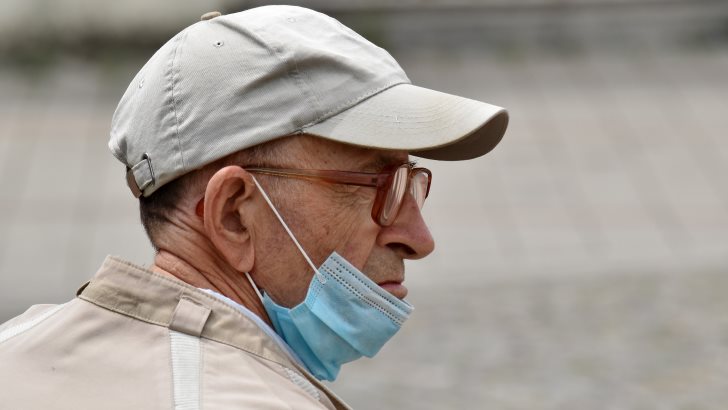
When analysing the current state of the global economy, one does his best to be as analytical as possible without getting bogged down from the use of tired old clichés. Nevertheless, it is more than fair to say that 'we still haven't seen the worst of it' with regards to the coronavirus crisis.
In the early days of the pandemic, speculations concerning the SARS-Cov-2's rate of spread were abundant. It was hoped that the pandemic would slow down during the summer months, because people tend to spend most of their time outdoors, in the Northern hemisphere at least, during this period. In that sense, the novel coronavirus was compared to the seasonal peculiarities of the flu.
What we have seen is that in reality, the number of global cases continues to rise parallel to surging temperatures. Not even the UV sunrays are having a deadly impact on exposed virus bacteria, such as it was once hoped for. More and more people become infected, from China through Europe and the US, which raises the likelihood for a severe second wave in the wintertime.
In the context of this growing threat, it seems that not even the promise of a new vaccine is enough to cushion the nervousness of the markets. At times when general liquidity typically tends to diminish, we are instead witnessing a record-breaking hike of gold; soaring demand for safe-havens; and flat yields of US treasuries, which remain at historic lows.
All of this is demonstrative of investors' anxiety as they continue with their restless search of financial shores to whether the next big economic ripples. Even the demand for Bitcoin, the once-promising cryptocurrency whose huge adverse volatility was its own undoing, is experiencing a revival.
These trends coupled with the less than encouraging earnings season, which is so far falling short of investors' expectations and thereby undermining the previous stock market rally, are contributing to establishing all of the prerequisites for a new perfect storm on the global capital markets.
The fragile recovery that was induced solely by the timely reactions of major central banks and governments, likely won't survive a second wave, which at this point seems almost certain. A probable resurgence in the rate of infection during the winter months is likely to serve as a catalyst for the present uneasiness that is being felt across the markets.
Weary trading coupled with sporadic shifts in demand for low-risk securities would then flare up to cause new mayhem once the speculative bubble, that manifests the facade of a robust economic recovery, finally bursts. As with all crashes, a mixture of confusion, frustration, and anxiety, fused together with a hefty those of fear, would then crystallise in a new economic downturn. With this, the last hopes for a V-shaped recovery would likely perish, but at least this time we won't be surprised by the unpredictability of a sudden black swan in the form of a global pandemic; it will be the same swan from January, only darker and gloomier. So, brace yourselves for winter is coming!




















